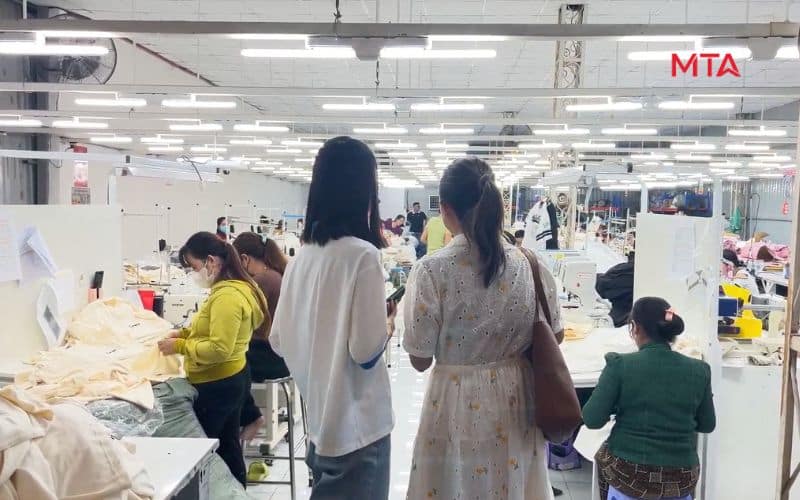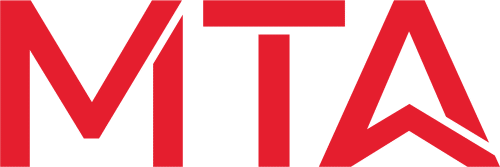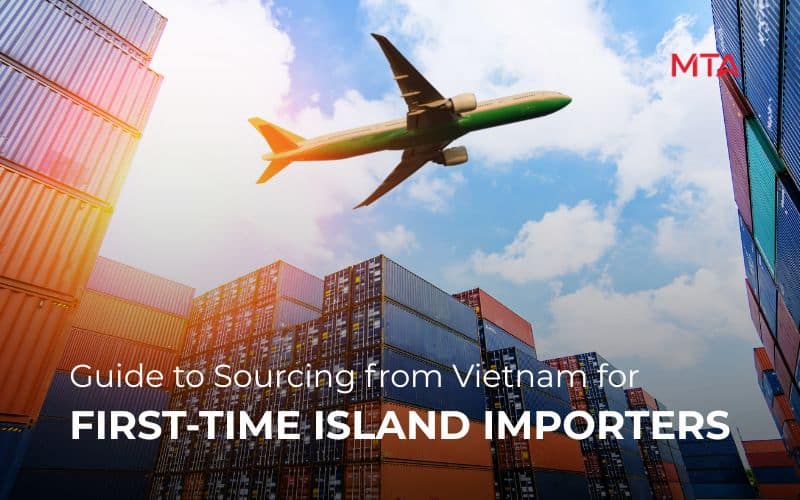For an ambitious entrepreneur running a business on an island, the idea of sourcing directly from a manufacturing hub like Vietnam is incredibly appealing. It promises unique products, higher profit margins, and a distinct competitive edge. Yet, that promise is often overshadowed by a wave of apprehension. The distance feels immense, the process seems complex, and the risks, from finding a reliable supplier to managing international payments, can feel overwhelming.
If you’re in this position, know that you’re not alone. The leap from buying from local distributors to importing directly from Asia is significant. But it is not as difficult or risky as it may seem. With a clear roadmap and the right partner, the process can be straightforward, secure, and transformative for your business.
Watch the video below to gain deeper insights into the challenges of sourcing for island businesses and discover practical solutions to overcome them.
Step 1: The Foundation – Finding and Vetting Your Supplier
This is the most critical stage. The success of your entire venture rests on finding a trustworthy and capable manufacturing partner.
Where to Look? While online B2B platforms like Alibaba can be a starting point, they can also be overwhelming for a beginner. A more direct and secure approach is to work with a Vietnam sourcing agent. These on-the-ground experts have already built a curated network of verified factories across various industries, saving you from the guesswork.
How to verify a supplier from afar: A legitimate supplier will be transparent. Whether you find them yourself or through an agent, a thorough vetting process is non-negotiable.
- Request Key Documents: Ask for their Business Registration Certificate, Tax ID, and any relevant quality certifications (like ISO 9001 for quality management or FSC for wood products).
- Conduct a Video Tour: Schedule a video call to see their factory, meet the team, and ask questions about their production capacity and experience.
- The Gold Standard – A Factory Audit: The most reliable method is a physical factory audit conducted by a local expert. A sourcing agent performs this as a standard procedure, assessing the factory’s equipment, social compliance, and overall professionalism to ensure they are a viable long-term partner.

Step 2: From Sample to Production – Ensuring Perfect Quality
Once you’ve chosen a supplier, the next step is to ensure the products they manufacture meet your exact specifications.
The Power of the Pre-Production Sample: Never proceed to bulk production without first approving a physical sample. This sample is your quality benchmark. You should review it meticulously for material, color, dimensions, and overall craftsmanship. Once approved, this “master sample” becomes the standard against which your final order will be judged.
Locking in Details with a Purchase Order (PO): Your PO is a legally binding document that should leave no room for ambiguity. It must clearly define:
- Detailed product specifications
- Materials and colors (with Pantone codes, if applicable)
- Packaging requirements
- Agreed-upon price per unit
- Production timeline and delivery date
Quality Control (QC): How do you ensure quality from thousands of miles away? Through professional Quality Control. This is a service where your sourcing partner inspects the goods on your behalf.
- During Production Inspection: A check performed mid-way through production to catch any systemic issues early.
- Pre-Shipment Inspection: A final, thorough inspection of a statistically significant portion of your order before it leaves the factory. The inspector checks against the approved master sample and your PO. You will receive a detailed report with photos and videos, giving you the green light to approve shipment.
Step 3: Secure Payments and Clear Commercial Terms
Financial transactions are often the biggest source of anxiety for first-time importers. Understanding the standard, secure process is key.
Standard Payment Structure: The most common method is a Telegraphic Transfer (T/T). The structure is designed to protect both buyer and seller:
- Deposit: You pay an initial deposit to the factory so they can purchase raw materials and begin production.
- Balance Payment: You pay the remaining balance only after your goods have passed the Pre-Shipment Inspection and you have received a satisfactory QC report.
This structure gives you crucial leverage. You do not release the final payment until you have independent verification that your products have been made correctly.
Understanding Incoterms: You will see terms like FOB, EXW, or CIF on your quotes. These “Incoterms” simply define who is responsible for the goods at each stage. A common and recommended term for beginners is FOB (Free On Board). For example, “FOB Ho Chi Minh City Port” means the supplier’s price includes the cost of producing the goods and transporting them to the port. From that point on, you (or your freight forwarder) take over responsibility for the ocean shipping.
Step 4: The Final Mile – Logistics and Getting Your Goods Home
Once your goods are ready, the final step is to bring them from the factory in Vietnam to your island.
The Shipping Process:
- Trucking the container from the factory to the export port in Vietnam.
- Ocean freight from Vietnam to a major transshipment hub such as Singapore, Hong Kong, or a large port on the U.S. West Coast.
- Transshipment from the hub onto a smaller vessel for the final leg of the journey to your island’s local port.
For first-time importers, this logistics stage can seem complicated due to multiple steps and international documentation. However, a professional Vietnam sourcing team can help coordinate with trusted logistics partners to ensure your goods are shipped on schedule and arrive safely without you having to manage every detail yourself.
Conclusion
Sourcing from Vietnam for the first time can seem like a big challenge, but when broken down into logical steps, it becomes a manageable process. The key is to proceed with a clear plan and, most importantly, to have a trusted partner on the ground.
By partnering with a reputable Vietnam sourcing agent, you replace that fear with the confidence that comes from having an expert team manage every detail on your behalf, from factory vetting and quality control to secure payments and logistics.

